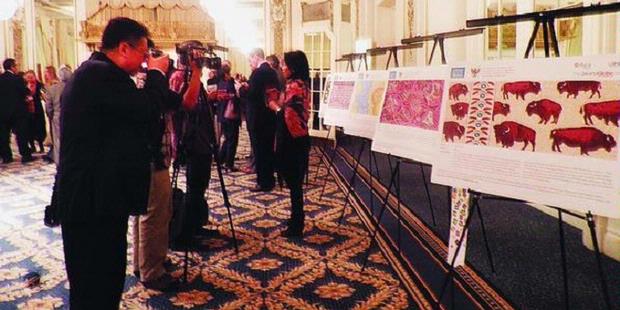Resep diatas terdengar terlalu sederhana, tetapi sebenarnya sangat manjur.
Resep lain yang mungkin selama ini selalu kita ingat adalah dekatilah pelanggan
anda dengan penuh semangat, antusias, gembira dan hal hal pisitif lainnya.
Memang benar, anda bisa lakukan hal tersebut, tetapi anda juga dapat memakai
suatu resep lain yang cukup simpel seperti judul artikel ini.
Tentunya,setiap harinya kitapun dalam posisi sebagai pembeli, apa yang akan anda rasa apabila anda diperlakukan tidak seperti yang anda harapkan??marah ? kesal ? atau bahkan malahan tidak jadi membeli ?
Namun sebaliknya,kalau anda merasa senang apabila anda menjumpai seorang sales yang begitu mengerti perasaan, kondisi anda dan kebutuhan anda,tentunya anda akan merasa senang, maka lakukanlah itu terhadap pelanggan anda sendiri.
Tentunya,setiap harinya kitapun dalam posisi sebagai pembeli, apa yang akan anda rasa apabila anda diperlakukan tidak seperti yang anda harapkan??marah ? kesal ? atau bahkan malahan tidak jadi membeli ?
Namun sebaliknya,kalau anda merasa senang apabila anda menjumpai seorang sales yang begitu mengerti perasaan, kondisi anda dan kebutuhan anda,tentunya anda akan merasa senang, maka lakukanlah itu terhadap pelanggan anda sendiri.




















